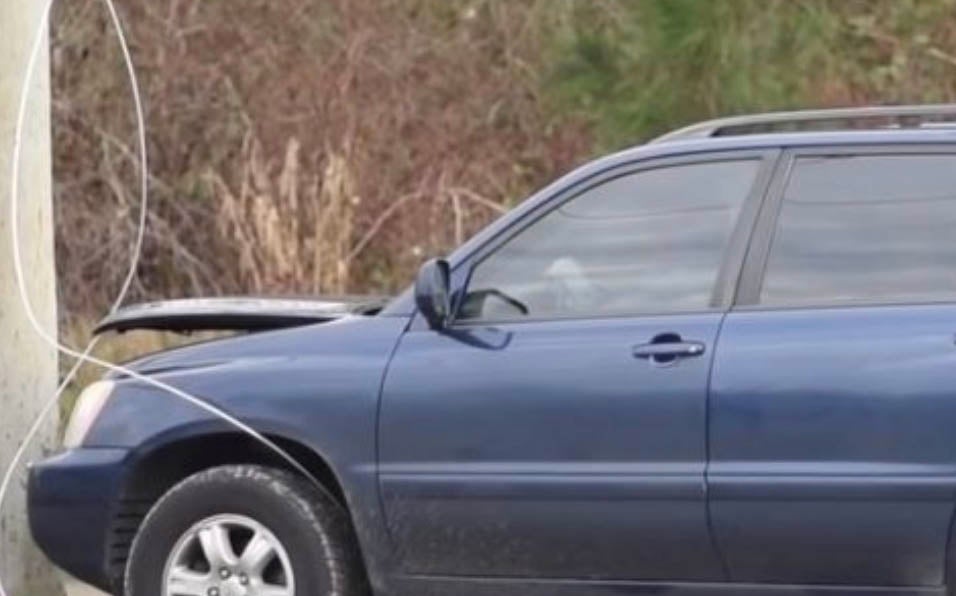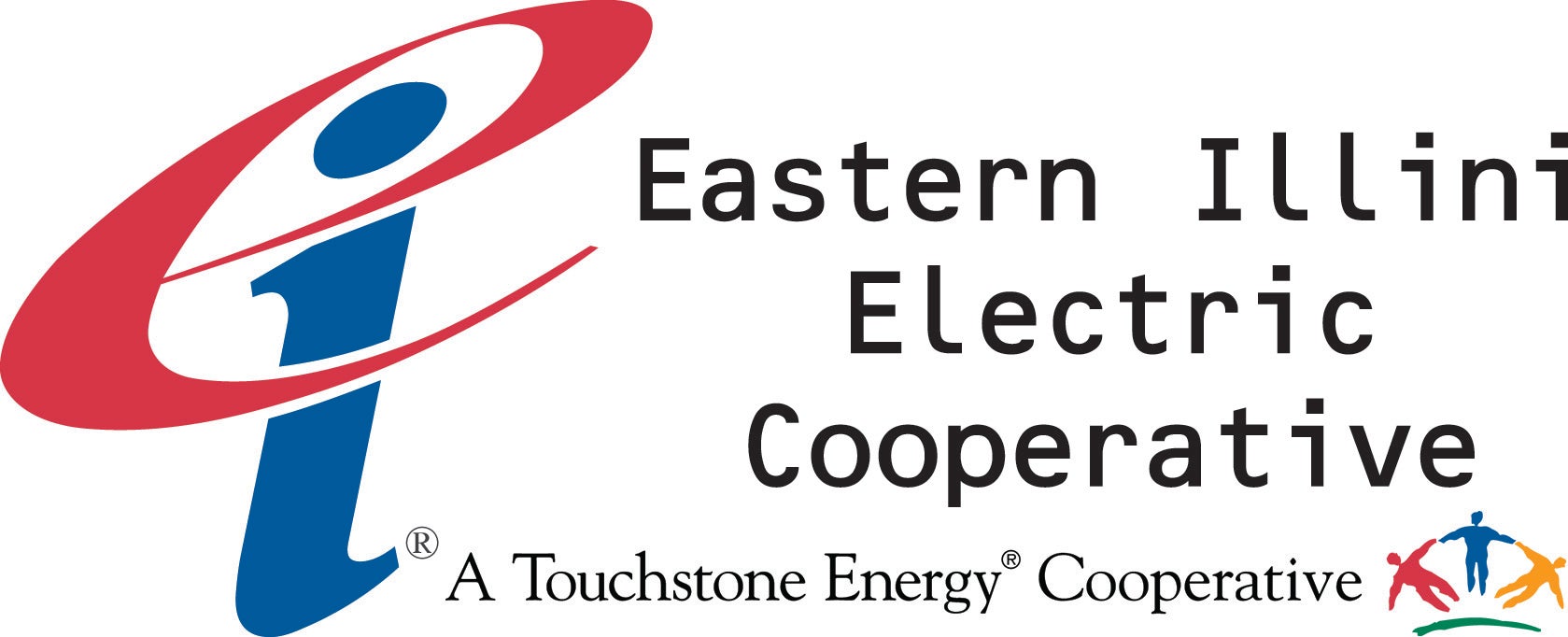EIEC News

Each month your electric bill has a base rate charge listed under CURRENT BILL INFORMATION and Distribution. You will find the base charge listed on the back side of your bill.
The base charge is a set monthly charge, like a monthly access fee you might pay for your phone or cable service. Regardless of how many kilowatt-hours are used, each member pays a fair share of the cost of having dependable service ready for you to use.
The base charge is a recurring monthly charge that assists in recovering a portion of the fixed costs associated with the delivery of electric service to each meter location. These costs are incurred by the cooperative regardless of the amount of energy that is consumed at each meter location.
The base charge component includes a portion of the distribution wire expense for metering, transformers, and general operations. Also covered in the base charge is rights of way maintenance, billing, labor, accounting, member care, and meter reading. It’s everything it takes to bring electricity to you. The last time the base charge increased was 2013. Beginning with the February bill, members will see an increase in the base charge amount.
BASE RATE CHANGES
Rate
Rate Type
Classification
Old Base Charge
New Base Charge
1
Single Phase
General Service
$40
$42.50
5
3-Phase
General Service
$75
$80
7
Single Phase
PrePaid Advantage
$40
$42.50
8
3-Phase
Electric Heat
$75
$80
18
Single Phase
Large Use
$55
$58
20
Single Phase
Electric Heat
$50
$53
The base charge is also influenced by the number of members the co-op has per mile of line. EIEC has an average of 3 members per mile of line. This is significantly less than the large investor-owned utilities in our communities who average 32 customers per mile of line, resulting in slightly higher operating costs for EIEC. On average, other Illinois cooperatives have 5 members per mile of line.
Even though EIEC has less members per mile of line, the cooperative has always found innovative ways to have competitive rates, while still providing you with safe and reliable electric service. The chart below shows by rate category the changes in the base rate charge beginning with the February bill.
How does the base rate charge of Eastern Illini compare with other electric co-ops in Illinois?
There are 23 other electric cooperatives in Illinois. The base rate charge for each of these other co-ops varies as does the rate per kWh. The highest base rate charge in the state is $65.00 and the lowest is $18.00. The average base rate charge among Illinois cooperatives is just under $38.77.
What can I do to manage my energy use and my monthly electric bill?
SmartHub is a free service from Eastern Illini that gives you insight into your energy by day, month, and year. SmartHub also provides the ability to pay your bill online, report an outage, and compare usage over time.
Give us a call at 1-800-824-5102 with any base rate charge change questions or any other questions about your account.

Eastern Illini Electric Cooperative is member driven and community focused. Annually, we award Empowering Education Grants of $500 each to teachers in schools throughout the Eastern Illini service territory. Up to 40 grants are awarded. Applications need to be submitted by December 13, 2019. Review and evaluation of the applications will happen in January 2020 and teachers will be notified by the end of February.
APPLY NOW

If you come across a downed power line, stay as far away from it as you can and call 911 and Eastern Illini Electric Cooperative at 1-800-824-5102. Assume it is live. Never touch a downed power line or anything near it. Do not drive over down power lines. Should a power line fall on your car when you’re driving, slowly continue to move completely clear of it. If your car can’t move away from the power line, stay in the car until help arrives. If a person or pet comes in contact with a power line, stay clear and call 911 immediately. Do not touch them or the wire.

Students get to school in a variety of ways—riding a bus, being driven by a family member, carpooling, walking, or even driving themselves. Electricity is not usually the first thing on a student’s or driver’s mind on the way to school. Yet, it is vitally important to know what to do if there is a downed line or an accident with a power pole along that journey. Here are some tips that can help keep students and those who help transport them to and from school safe.
In April 2016, CBS News reported that a Pennsylvania school bus driver asked an 11-year-old student to move a downed power line. Sadly, the boy’s hand was burned, but fortunately he was not more seriously hurt. In 2009, two Indiana teenagers, Ashley Taylor and Lee Whitaker, were in a car accident with a utility pole. Fortunately, just days earlier, these teens had seen a presentation about electrical safety at their school and had learned to stay in the car if in such a situation. Lee and Ashley’s lives were saved because they knew what to do. Severe storms, high winds, and vehicular accidents with power poles can all cause power lines to fall. Just because a power line is down does not mean that it is not carrying electricity.
While downed lines can sometimes show they are live by arcing and sparking, this is not always the case. Treat all down lines as though they are energized, and stay far away from them. Call 911 to have first responders and the utility notified of the downed power lines.
If you are in a vehicle that wrecks with a power pole, the vehicle may be charged with electricity. If this is the case and you step out of the car, you will become the electricity’s path to the ground and could be electrocuted. Stay in the vehicle, and tell others to do the same. Call 911 to have emergency and utility services notified. Do not leave your vehicle until a utility professional has told you it is safe.
The only circumstance when you should exit the vehicle is if it is on fire – which is a rare occurrence. If you must exit, jump clear of it with your feet together and without touching the vehicle and ground at the same time. Continue to “bunny hop” with your feet together to safety. Doing this will ensure that you will not have different strengths of electric current running from one foot to another.
If you come upon or witness an accident involving power lines, do not approach the accident scene. If you see someone approaching, warn them to stay away from the accident until utility professionals and emergency responders have confirmed that there are no electrical dangers.
Questline Engage
Air Source Heat Pumps are Comfortably Efficient
Air source heat pumps can provide highly efficient comfort for your home all year long.
811: Make That Call Before You Break Ground
Planning a facility expansion or outdoor landscaping project that involves digging? Calling 811 is a smart business decision.
Navigating EVs: Home Charging
Discover the many perks of EV home charging, including convenience, affordability and safety.
